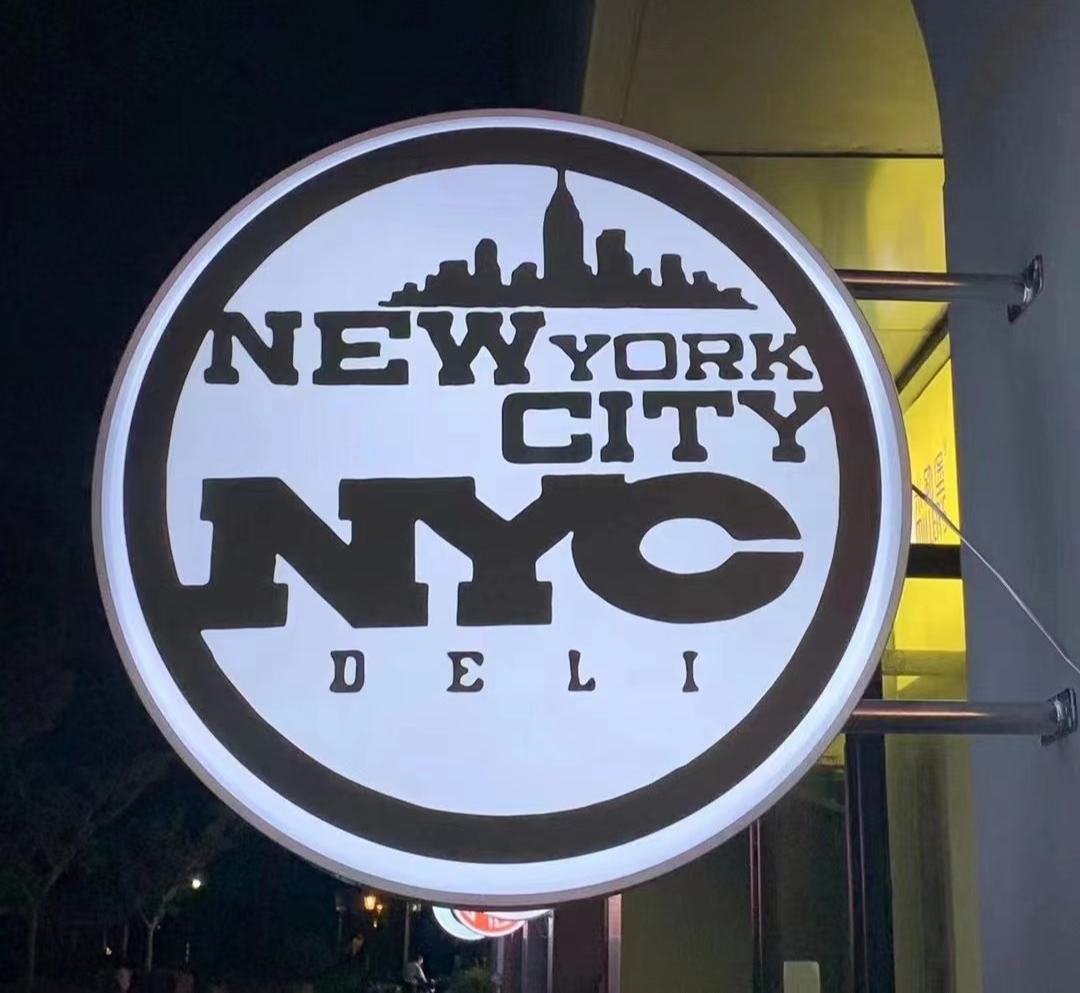

Argentina is the furthest country from China on Earth. There are no direct flights. However, foodies now have the chance to sample authentic Argentine fare right here in Beijing. The two signature items are top-quality steak and fine Malbec wine. In line with Argentina’s diverse food culture, Malbec & Beef also prepares popular Western dishes like pan-fried goose liver, Iberian ham, paella, and more.

The Argentinian fries here are a unique specialty in Beijing. After the spuds are fried to golden perfection, they are pan-fried with a secret seasoning. No need to dip the fries in any sauce, each bite is already saturated with great flavour. Other delightful delicacies include: pan-fried foie gras, garlic shrimp, Iberian ham, Caesar salad, paella, perilla noodles… and lots, lots more!

From 16th to 30th Orange Chicken Salad 51%discount only need¥28!
























